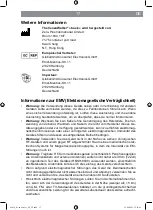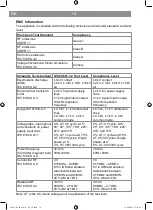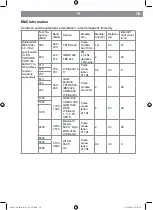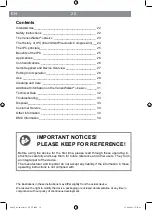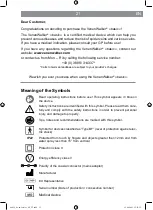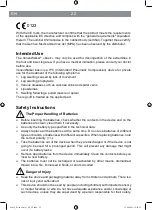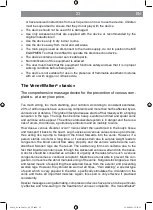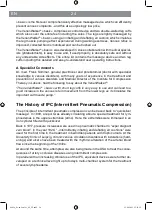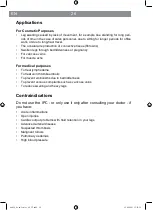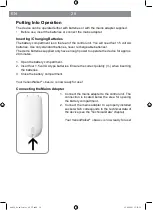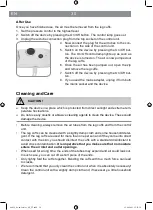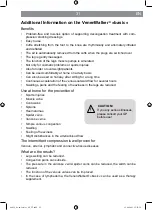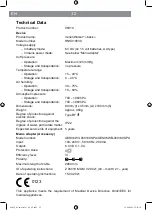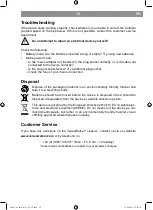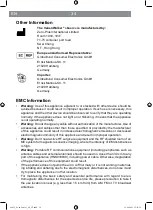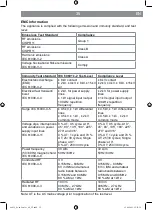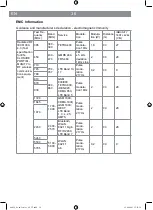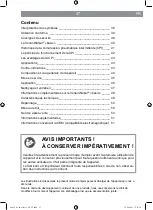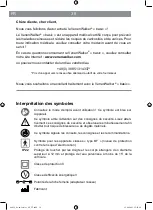
EN
24
» basic « is the first ever comprehensively effective massage device which can efficiently
prevent venous complaints - and this at a surprisingly low price.
The VenenWalker
®
» basic « comprises a control device and two double-walled leg cuffs
which also cover the entire feet including the soles. The legs are lightly massaged by
the VenenWalker
®
» basic « using an inflating and deflating air cushion which simulates
the leg muscle pumping effect experienced during walking exercises. Venous reflux is
improved, collected fluid is mobilised and can be flushed out.
The VenenWalker
®
» basic « was developed in close collaboration with medical special-
ists (phlebotomists), is easy to use and, if used properly, is absolutely safe and without
any undesirable side effects. The entire kit contains the massage device and two leg
cuffs including this detailed and easy-to-understand user operating instructions.
A Specialist Comments
Dr. med. Frank Sömmer, general practitioner and phlebotomist (doctor with specialist
knowledge in venous disorders), with many years of experience in the treatment and
prevention of venous disorders and Medical Director of the Institute for Compression
Therapy in Lubeck, had the following to say about the
VenenWalker
®
:
“The VenenWalker
®
» basic « with short leg cuffs is very easy to use and can lead to a
good increase in the venous return movement from the lower legs as it stimulates the
important calf muscle pump.”
The History of IPC (Intermittent Pneumatic Compression)
The principle of intermittent pneumatic compression can be traced back to “quicksilver
massage”. In 1899, a report was already circulating about a special treatment for lym
-
phoedemas in the upper extremities (arms). Here, the extremities were immersed in an
iron cylinder filled with quicksilver.
Back in 1917, pressure increases were used in a pneumatic chamber to “expel stagnant
vein blood”. In the year 1929, “...intermittently inflating and deflating air cushions” were
used for the first time in the treatment in bedridden patients with trophic ulcers. At the
University Clinic of Leipzig, chronic venous circulation disorders with indurations (hard-
enings) and ulcers have been treated with the rhythmic alteration of the arterial blood
flow since the beginning of the 1930s.
At around the same time, attempts were also being made in the USA to treat the conse-
quences of artery occlusive diseases using intermittent compression.
In parallel with an increasing clinical use of the IPC, equivalent devices were further de-
veloped on a technical level right up to today's multi-chamber system for the treatment
of severe lymphoedema.
06019_de-en-fr-nl-it_A5_V2.indb 24
06019_de-en-fr-nl-it_A5_V2.indb 24
15.04.2021 15:21:52
15.04.2021 15:21:52








